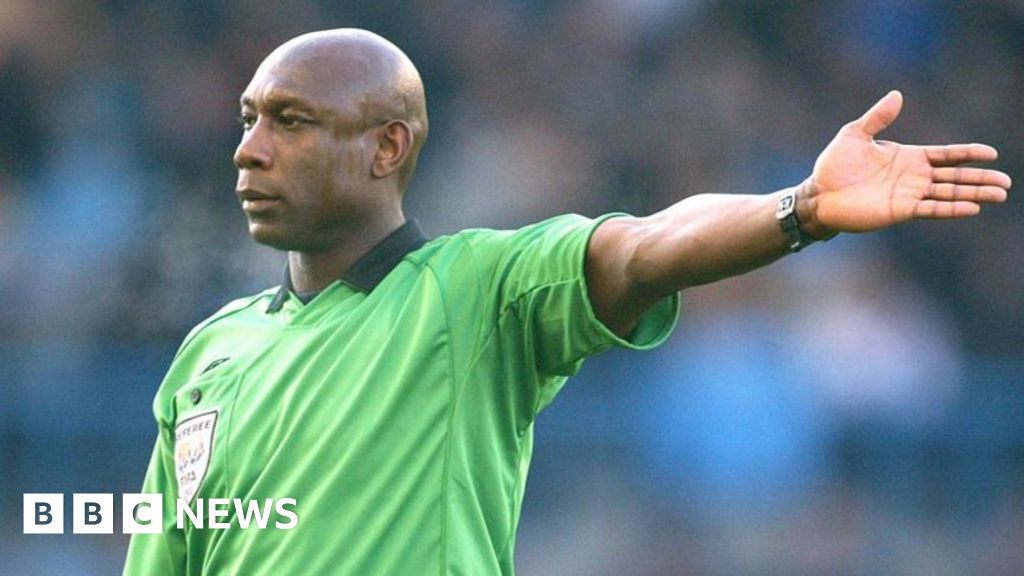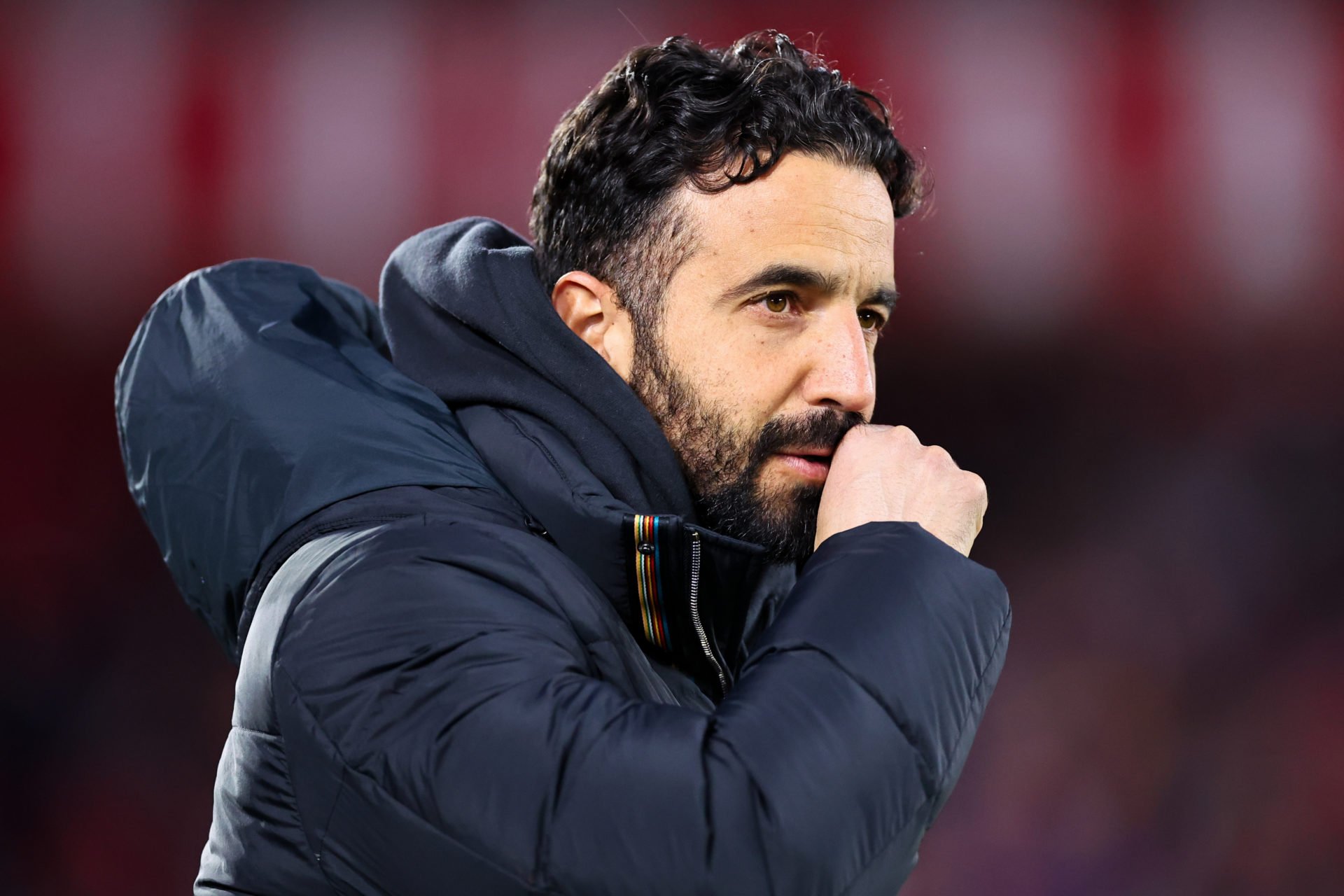With Collingwood about to field the oldest team in footy history, a trend of older AFL players is taking hold
Elite Australian rules football is older than it ever has been before. Not just in the sense that the game is now 160 years old, more so the people that are playing it at the top level.This week, Collingwood is set to name the team with the oldest average age since the first bounce of the VFL footy 128 years ago.Led by 406-game veteran Scott Pendlebury, the Pies remain thick in premiership contention despite the years on the ledger. Even if Collingwood doesn’t break the record this week, it is due to take the mantle at some point this season.And the team that Collingwood will take the record from isn't from footy's distant past, but from Geelong’s 2022 grand final team.In fact, the ten oldest teams in VFL/AFL history have hit the field since the 2020 season.At the same time footy's youth — and their future promise — has never been brighter.The start to the 2025 season has seen the game's youngest players impact proceedings more intensely than any time in the last decade.Just last week Essendon legend Tim Watson declared: "I think right now we've got the greatest array of young talent bubbling up that we've ever had in the game and that we've ever seen."This year's draft class was feted as one of the finest in the 30-plus year history of the draft. It's early days, but the youngsters given an opportunity so far have performed to that billing.This dichotomy between young and old has spread in recent years. Young players getting an ever-increasing share of the attention from media and fans. But players continue to play longer, more productive careers than ever before.So in the battle of footy ages, who wins?Teenage riotLet's look at that impactful 2024 AFL draft crop for a second.Early in the season outstanding performances have introduced this year's draft crop to a wider AFL crowd. Murphy Reid has wowed onlookers out west, while the draft's top pick, Sam Lalor, has been largely as advertised for Richmond. All across the country the young talent has shown flashes of future promise, if not more.But not a lot of those first year players have hit the park yet — just 16 so far.Fremantle rookie Murphy Reid, who went 17th overall in last year's draft, has enjoyed an excellent start to his AFL career. (Getty Images: Daniel Pockett)All up, 67 players in their first eligible draft year (turning 18-years-old in 2024) were selected in the national draft last year. They were joined by eight more 18-year-olds in the rookie draft and six more academy nominated rookies. That group of 81 players makes up about 10 per cent of the league.That's in line with the number of youngsters that usually make AFL lists in any given year. But just because you are on an AFL list doesn't mean you'll play AFL games. After all, 42 players sit on AFL lists (excluding category B rookies), and only 23 suit up to play.As a result someone needs to miss every week. More often than not, that's the kids.Most young players struggle when they come into the league. Many are fresh off high school, and some are still finishing their studies.Most are still physically developing and even grow taller in the years that follow their drafting. Compared with professional athletes that have been dedicated to the craft for years, it’s often a long journey for even the highest credentialed young players.Take former number one draft pick Jack Watts. When Melbourne picked Watts at the top of the 2008 draft, the teenager was seen as the potential saviour for the long- suffering club. The weight of expectation from the club, its fans and the media was huge.Jack Watts struggled under the weight of expectation after being selected first overall by Melbourne in the 2008 draft. (Getty Images: Hamish Blair, file photo)"Anything I did really well was expected — that's what you're meant to do. Because if I played my best game of footy as an 18-year-old and that's the standard, that's what you should do every week," Watts told former teammate Russell Robertson on his podcast last year."Then when you're not quite living up (to expectations) ... that was the hardest thing for me I found."Loading...Another number one pick echoed that sentiment, but with a twist. For Giants star Aaron Cadman, the biggest pressure wasn't external media focus but his own standards."It's more pressure — I put pressure on myself. The first preseason we'd do these contested marking drills and I'd be getting like flogged," he told the GWS podcast The Green Room last year."I'd walk off the track (thinking), 'oh mate what are you doing? You're pick one, you've got to do this, you're better than this, you're better than that', and then there's a rush to be the best."Aaron Cadman was taken by the GWS Giants with the first overall pick in the 2022 draft. (AAP: Morgan Hancock)If that's the pressure felt to perform placed on the kids most likely to succeed, imagine that on those on the fringes, at a club far from their home town.Clubs are more willing to account for this development time than ever. Clubs also seemingly are willing to sit players until they are ready, particularly in key positions around the ground.There is some truth in the conventional wisdom that key position players take more time to develop. The tallest players do start slower and take longer to hit their peak, though often also sustain their performance for longer into their 30s.By contrast, smaller players are often able to more readily contribute right away.This also holds for the number of games played in each role. Just two 19-year-old specialist rucks have played a game since 2019.Accounting for development seems to be more factored in list management decisions as well. In what is considered a cut-throat industry leeway tends to be given to the side of youth.There are plenty of examples of late bloomers and developmental stars that give sides hope that their draft crop just needs a year or two to really thrive.In the meantime someone needs to play — and win — those games.Helping the agedRemember that bit about the AFL getting older than ever before? There's a fair bit of evidence to back that up.Just 12 years ago, players aged 32 or older made up less than one per cent of all AFL player point contributions across the league.Last year, that number had increased almost tenfold. At the same time the contribution of young players has dipped significantly.The success of an increasing number of older players and older teams — along with advances in training and sports science — have led to more teams rolling the dice with over 30s players.Previous peaks in average player age have coincided with major events, such as the ending of wars or the introduction of fuller professionalism in the sport.This current drive instead seems to be coming from elsewhere.Players like Pendlebury have focused on their preparation for the season — and recovery during it — to help drive their careers forward."I think all the recovery stuff's cool — like sauna, ice bath … heaps of people always ask, 'does that work?', (but) I think the best thing is sleep. So I always prioritise sleep, making sure I get to bed (at a) similar time, every day wake up the same time," Pendlebury told Collingwood media last year."I'll go today now and do some sauna into ice bath. So maybe three little rotations, 15 (to) 20 (minutes) in the sauna, three or four minutes in the ice bath ... I've been doing it for 20 years and they don't get easier — I feel like they actually get colder."Collingwood veterans Scott Pendlebury and Steele Sidebottom set the record for most games played as teammates earlier this season. (Getty Images: Quinn Rooney)Compared with the part time players of old — and sometimes questionable preparation habits — the modern approach may be helping to stretch careers out.But this drive might be more about recognising that traditional ideas around the declines of players might be off base.Instead of jettisoning an aging player at their first slump, teams seem more willing to evaluate on full merits.Regardless of the exact blend of reasons, Collingwood is set to break a record for aging, and the young talent this year is off to set records of their own.So it might be true — footy might be getting older, but youth is brighter than ever.













